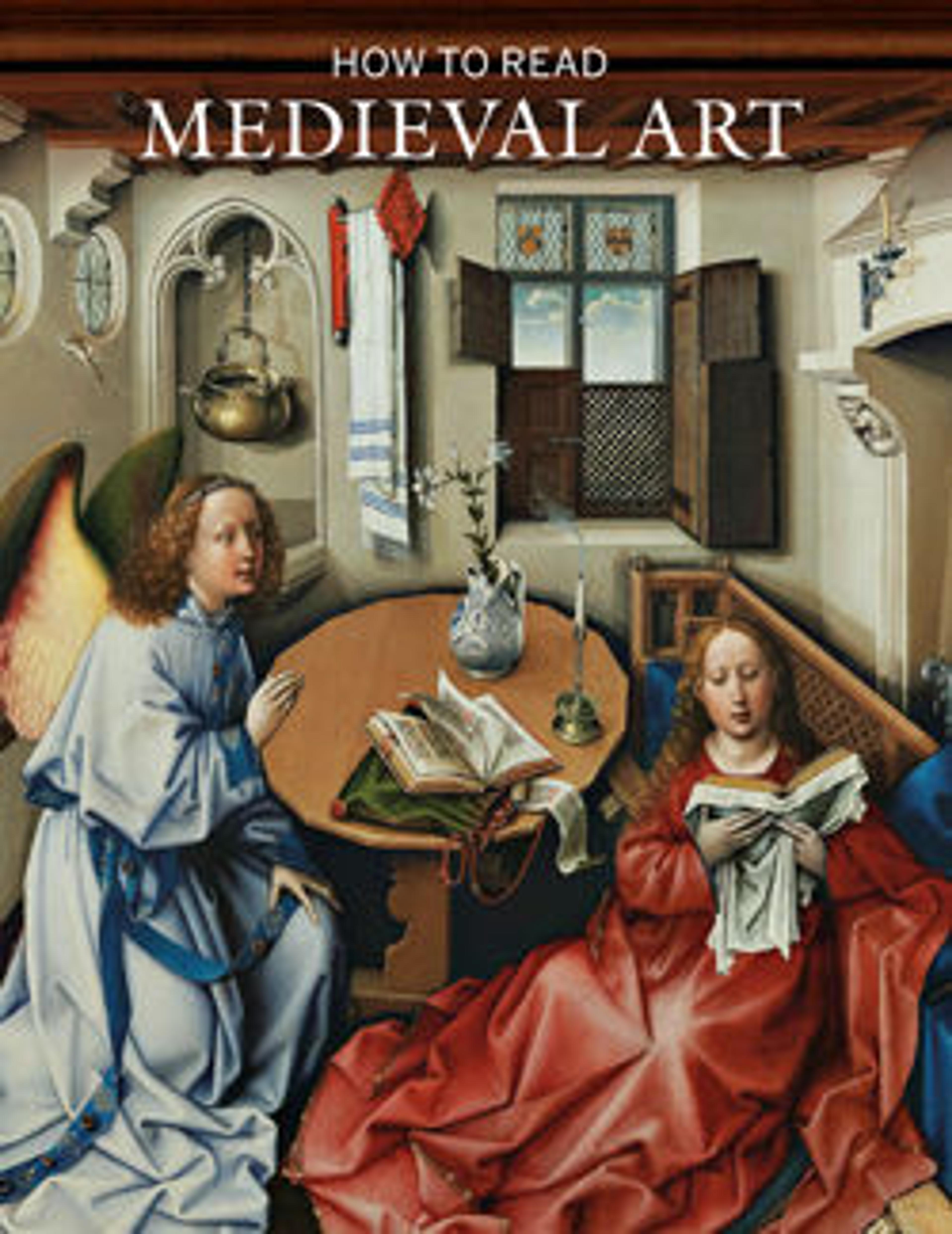Plaque with Agnus Dei on a Cross between Emblems of the Four Evangelists
Represented here by their characteristic attributes are the four evangelists surrounding the Lamb of God (Agnus Dei), as derived from the vision of John in the Book of Revelation (4:6–7): an angel (Matthew), a winged lion (Mark), a winged ox (Luke), and an eagle (John). Originally this plaque would have covered a deluxe binding of a now-lost Gospel book. The stylization of the symbols and the type of interlaced foliate cross find parallels in manuscript illumination produced within the southern Italian region of Benevento, including at the famed Benedictine monastery of Monte Cassino.
Artwork Details
- Title: Plaque with Agnus Dei on a Cross between Emblems of the Four Evangelists
- Date: 1000–1050
- Geography: Made in Benevento (perhaps)
- Culture: South Italian
- Medium: Elephant ivory
- Dimensions: Overall: 9 1/4 x 5 3/8 x 3/8 in. (23.5 x 13.7 x 0.9 cm)
- Classification: Ivories-Elephant
- Credit Line: Gift of J. Pierpont Morgan, 1917
- Object Number: 17.190.38
- Curatorial Department: Medieval Art and The Cloisters
More Artwork
Research Resources
The Met provides unparalleled resources for research and welcomes an international community of students and scholars. The Met's Open Access API is where creators and researchers can connect to the The Met collection. Open Access data and public domain images are available for unrestricted commercial and noncommercial use without permission or fee.
To request images under copyright and other restrictions, please use this Image Request form.
Feedback
We continue to research and examine historical and cultural context for objects in The Met collection. If you have comments or questions about this object record, please contact us using the form below. The Museum looks forward to receiving your comments.
